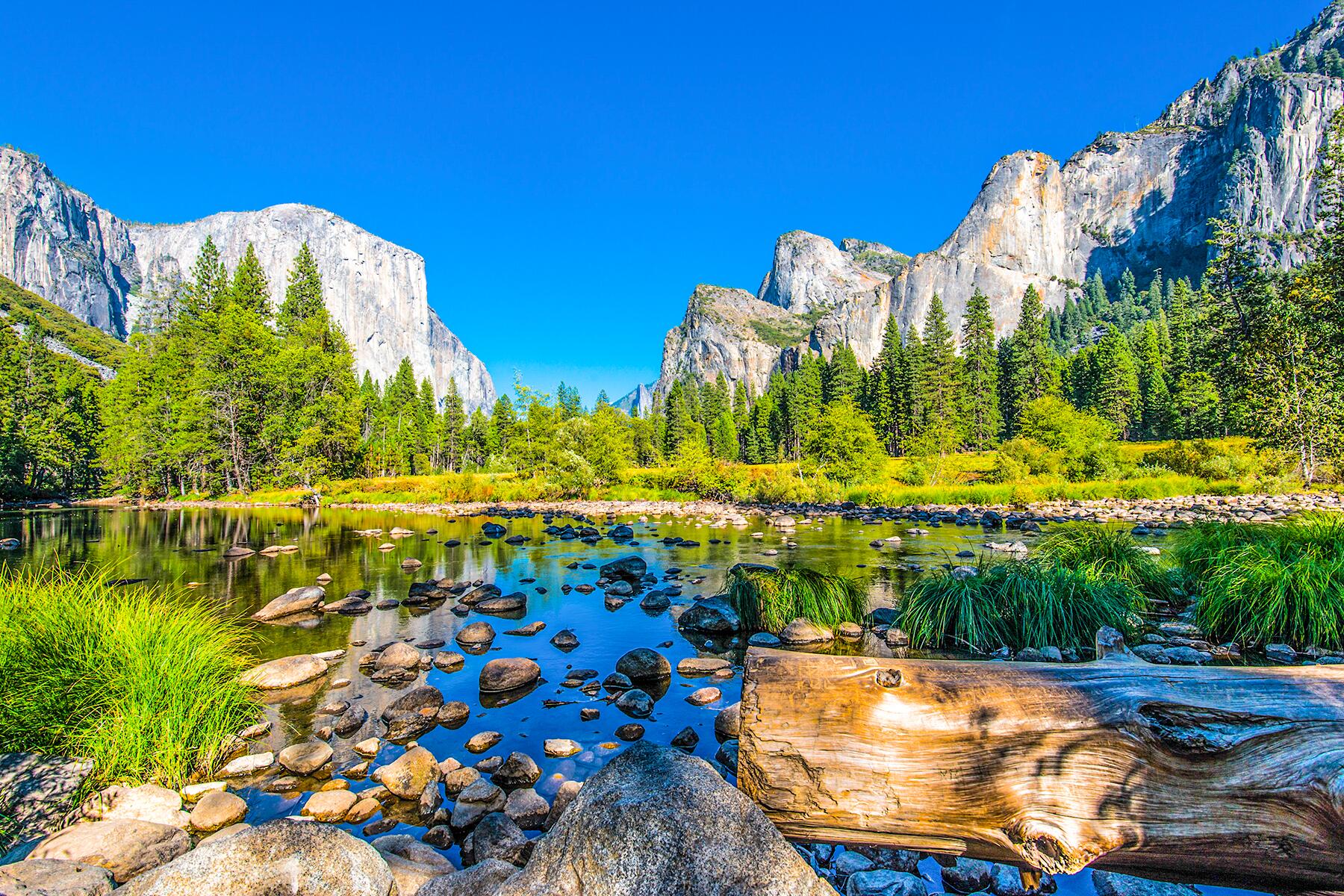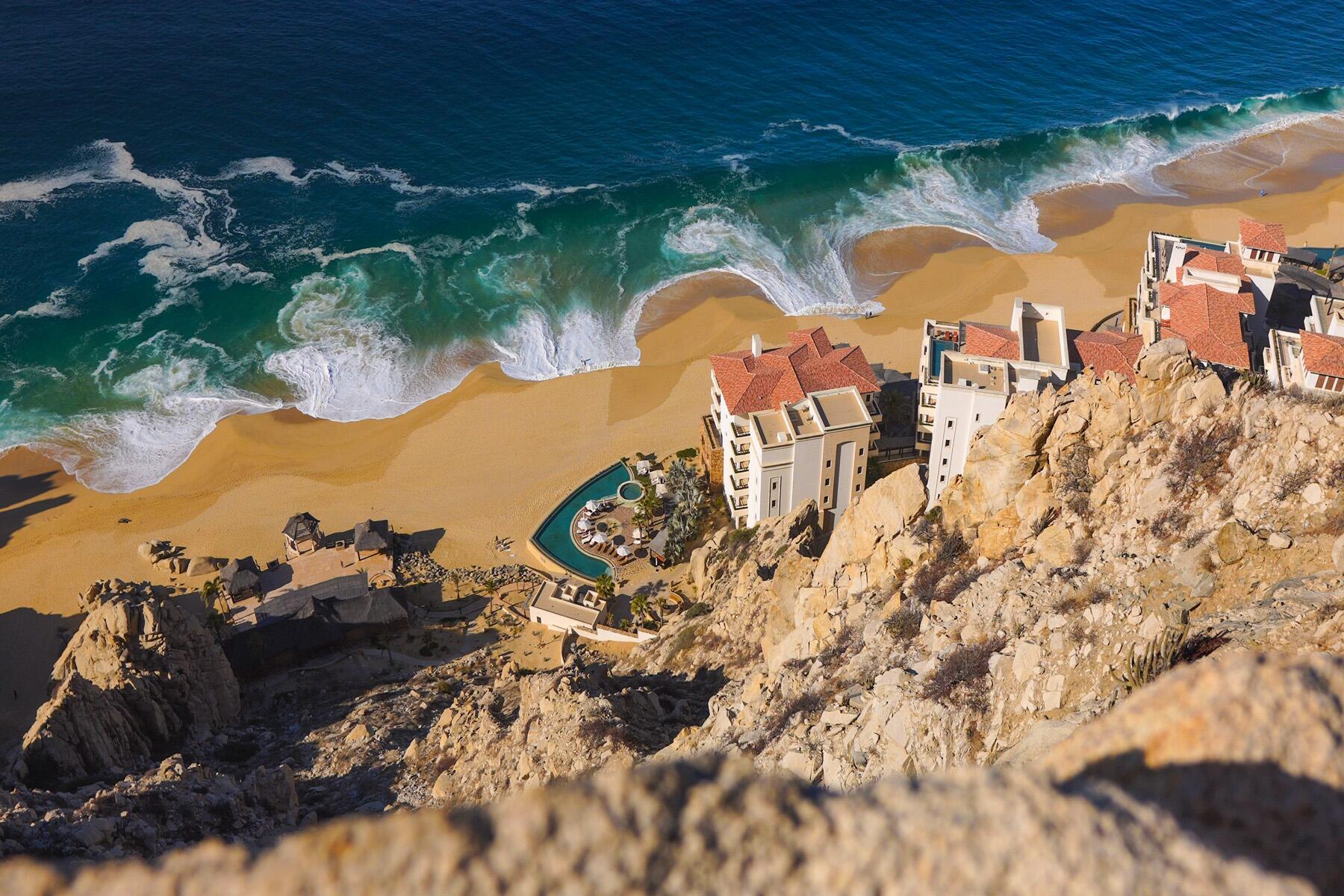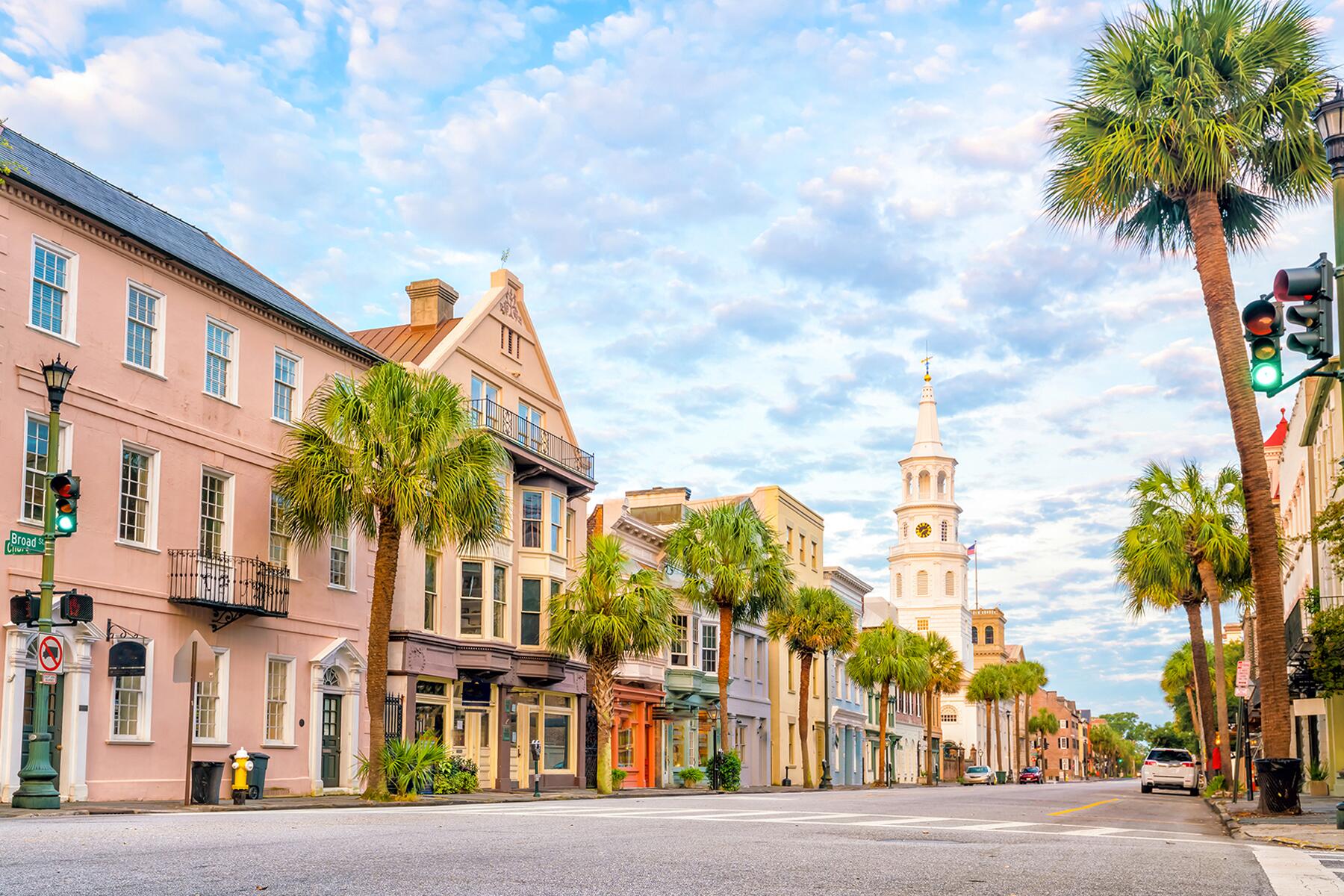Russia is home to some of the wildest landscapes you can visit on earth.
Russia is home to many of the world’s remaining wildernesses, from vast frozen plateaus to unending boreal forests. They are full of strange and beautiful natural features—volcanoes rising from the sea, dunes encased in snow, and monumental pillars of rock. Often thousands of miles from cities and towns, they are visited more and more by adventurous tourists looking to experience the ultimate adventure in splendid isolation.
Top Picks for You
Kamchatka Peninsula
WHERE: Kamchatka Krai, Russian Far East
Before 1991, no foreign traveler had set foot on the Kamchatka Peninsula—facing the U.S., it was a strategic Cold War location. A geological hotspot, Kamchatka generates twenty percent of all lava, magma, ash, and cinders in the entire world. Some of the 160 or so volcanoes have lain dormant for three centuries, some are restless, and some are erupting. Hiking here is an unpredictable and thrilling experience. The weird volcanic geology means the ground steams, bubbles, and rumbles underfoot, and there’s a real chance of disappearing into a boiling caldera. Those that do brave this burned earth feel that the views of turquoise crater lakes, snow caves, and ice-covered peaks are worth the risk.
The starting point for most trips is the city of Petropavlovsk-Kamchatsky. Mil Mi-8 helicopters and Russian Kamaz trucks are used to navigate the terrain. Kamchatka Lost World, which has organized expeditions in this region since 1993, has several trips to the volcanoes, including some for those interested in geology.
INSIDER TIPSummer is much friendlier than winter in Kamchatka and is the best time to go hiking, as you can camp under the stars and walk through blooming wildflower meadows.
Putorana Plateau
WHERE: Krasnoyarsk Krai, Siberia
Putorana Plateau is a true wilderness; 7,000 square miles of canyons, lakes, rivers, and strange, flat-topped mountains formed courtesy of lava from a volcanic eruption 250 million years ago. Explorers first visited Putorana in 1919 looking for minerals, but thousands of miles remain unmapped, so coming here gives you the chance to be a real explorer. The land is home to abundant wildlife including Siberian snow sheep, brown bears, arctic foxes, and wolves. Each year, in one of the world’s rarest migrations, around 450,000 reindeer make a treacherous journey across the plateau.
Most trips to Putorana start from the bleak industrial city of Norilsk, or from Igarka, a town on the Yenisei River. There are no roads—so you’ll use motorboats to get around on lakes and rivers. Some expeditions planned for 2021 include this 10-day trip with BaikalNature, and this 8-day hiking trip with Russia Discovery.
INSIDER TIPPutorana is accessible between June and September, but in June and July, the tundra is plagued by mosquitoes, so aim for August or September to avoid the worst of the insects.
Recommended Fodor’s Video
The Shantar Islands National Park
WHERE: Khabarovsk Krai, Russian Far East
The Shantar Archipelago—15 uninhabited islands in Russia’s Sea of Okhotsk—is one of the remotest places you can visit on earth. Discovered by Cossack explorers in 1645, the name means “island” in Nivkh, the language of the indigenous people of the region. It has a ghostly beauty, with looming, craggy cliffs full of seabirds and beaches piled high with driftwood, tossed onto the shore during fierce storms. Fog, eight-knot currents (one knot is enough to break a diver’s mask), 30-foot-high tides, and whirlpools may not be for everyone. For those with an adventurous spirit, though, these islands offer the chance of seeing some of the rarest wildlife in the world, including beluga, bowhead, and gray whales, ribbon seals, and Steller’s sea eagles.
The nearest city (with an airport) is Khabarovsk. From here, it’s a 560-mile journey overland to the Sea of Okhotsk. Also, you can’t visit the islands on your own; only via an organized trip. Options include this 13-day expedition with BaikalNature, and this 11-day expedition by boat and helicopter with Russia Discovery.
INSIDER TIPBecause the Shantar Islands are so remote, you should make sure you’re fit and healthy before setting off (you can guess how far away the nearest hospital is), and for the same reason, taking young children isn’t advised.
Cape Dezhnyov
WHERE: Chukotka Okrug, Russian Far East
The easternmost point of Russia, Cape Dezhnyov is named after Seymon Dezhnyov, a Cossack explorer who sailed through the Bering Strait in 1648, discovering America was a separate continent. It’s a bleakly beautiful blue-gray place, with towering cliffs and beaches strewn with whale bones. The few signs of human habitation are a tiny Chukti village (Uelen), a prehistoric Eskimo cemetery, and two 400-year-old settlements with dwellings made of stone and whalebone. Part of Beringia National Park, this is another place teeming with wildlife; arctic foxes and hare gambol across the tundra, auks nest in the cliffs, and polar bears stalk the ice.
Cape Dezhnyov can be visited on an organized trip; either by sea, or overland from Anadyr, Russia’s easternmost town. Options include this 19-day sea voyage with Heritage Expeditions and this dog-sledding trip with Mzungu Expeditions.
INSIDER TIPEarning a living in these remote areas is hard; try to find a tour operator with a policy of supporting local businesses.
Lena Pillars Nature Park
WHERE: Sakha Republic (Yakutia), Russian Far East
The Lena Pillars—650-foot-high rocks encased in dense forest and towering up from the banks of the glassy Lena River—are an awesome sight. Formed half a billion years ago in the Cambrian Period when life quite literally exploded onto Earth, they contain fossilized remains of hundreds of extinct marine species. In the surrounding tundra, the tusks and bones of primeval animals—bison, bears, mammoths, and rhinoceroses—have been stumbled upon. In summer and autumn, the Pillars are surrounded by flowering meadows and glow red and gold in the sun; in winter the river freezes, and the landscape turns bleak and dramatic.
You can visit the Lena Pillars on your own or with an organized trip from Yakutsk. The first part of the journey is by car, followed by a short trip by boat (in summer) or by snowmobile (in winter). You can also hike to the top of the Pillars, which takes around an hour. Visit Yakutia is one local company offering tours in winter and summer.
INSIDER TIPThe most spectacular time to see the Lena Pillars is in the frozen winter, but be warned—Yakutia is the coldest region in Russia; temperatures can reach minus 55 degrees, and your breath will actually freeze when you exhale.
Kuril Islands
WHERE: Sakhalin Oblast, Russian Far East
The Kuril Archipelago is a chain of 56 volcanic islands extending south for 745 miles from Kamchatka to Hokkaido in Japan. Some of the rarest wildlife in the world can be found here, including colonies of Steller’s sea lions, sea otters, and North Pacific right whales—along with millions of seabirds. The scenery is just as sensational, with volcanic peaks covered in lush green flora rising out of indigo blue crater lakes. Much of it can be wiped out in an instant if one of the 100 or so volcanoes erupts. Wildlife in the Kurils is declining for unknown reasons, which has prompted conservationists to launch a crowdfunding campaign in support of this mostly forgotten region.
You can reach the Kurils by flying to Yuzhno-Sakhalinsk, an oil town on nearby Sakhalin Island. Again, it’s almost impossible to do this on your own; there are several organized trips including this 12-day trip with BaikalNature and this bucket-list voyage with Heritage Expeditions via their expedition ship, a former polar research vessel.
INSIDER TIPThere’s just a handful of expeditions to the Kuril Islands each year, so make sure to plan your trip at least six months in advance.
Tofalaria
WHERE: Irkutsk Oblast, Siberia
In Eastern Siberia, Tofalaria is a rainy, misty, impenetrable land of taiga forest, deep canyons, and fast-flowing rivers and creeks. With no roads, visiting is an exploration of the unknown. The only residents are a small number of Tofas, reindeer-herding people who fell victim to Soviet policies in the 1920s which demanded the settlement of nomadic tribes. They now live a humble and somewhat impoverished existence in three villages. Tofalaria is also the location of the astonishing Kinzelyuk Waterfall, which tumbles 1,300 feet down from a glacial lake into a forested valley below. It may be Russia’s tallest waterfall, but there’s so little information about it, it’s practically a myth.
Most trips to Tofalaria start in Nizhneudinsk (around 310 miles from Irkutsk), from where you fly by helicopter to the village of Alygdzher. A popular way to explore this region is on horseback; Absolute Siberia has a 13-night horse-riding and camping expedition during August and September, which includes meeting the Tofa people.
INSIDER TIPIn remote parts of Siberia, getting around is difficult even for locals, and you may need to forgo your method of transportation if residents need it instead.
Chara Sands
WHERE: Zabaykalsky Krai, Russian Far East
Northeast of Lake Baikal in the Kalarsky District, Chara Sands is a strange and beautiful sight—a sandy desert, surrounded by Russian taiga, in the middle of a wintery landscape, with a snowy mountain range on the horizon. The desert is thought to have been created out of sediment from a dried-up Ice-Age lake. Although only six miles long and three miles wide, within it, dunes can be 65 feet high. There is plenty worth exploring in the surrounding area, including ice caves, lakes, and indigenous villages.
Chara Sands can be visited on a day trip from the town of Novaya Chara or the village of Chara, with a local guide. Both places can be reached from Chita, the capital of Zabaykalsky. Longer trips, which include hiking in the nearby Kodar Mountains, are also possible, like this six-day trip offered on request from Russia by Locals.
INSIDER TIPThe Siberian taiga forests may be beautiful, but they’re also full of ticks and other insects, so if you plan on exploring them, you should get vaccinated against tick-borne encephalitis and take industrial-strength insect repellent.
Komi Forests
WHERE: Komi Republic, Northwest Russia
The Komi Forests is one of the world’s great forested wildernesses, where crystal-clear rivers wind their way through an endless expanse of pine, spruce, fir, and larch trees, which elk, wolves, bears, and sables all call home. You can explore these forests on a visit to Yugyd Va National Park, where rafting and hiking are popular activities. While you’re there, you might want to stop by the mysterious Man-Pupu-Nyer rocks—200-foot-high pillars, shrouded in legend, which are the remains of an ancient mountain that weathered away millions of years ago. Although the Komi Forests are protected by UNESCO, they’re currently under threat from a large-scale gold mining operation.
Yugyd Va National Park is open to tourists with permits. Man-Pupu-Nyer is within Pechora-Ilych Nature Reserve, which can also be visited with prior permission. The Tourism Information Center in Komi has more details about trips.
INSIDER TIPPermits are required to visit national parks and nature reserves in Russia. If you’re an independent traveler, you’ll need to obtain permission yourself, by contacting the relevant park or reserve in advance.
Lake Baikal
WHERE: Irkutsk Oblast, Siberia
Five thousand, five hundred feet deep, more than 370 miles long, and 25 million years old, Lake Baikal may be the world’s greatest aquatic wilderness. Somewhat amazing is the idea, propounded by some geologists, that the lake is in fact becoming an ocean—its shores get a little further away from each other every year. Thousands of species live in the lake, including Baikal seals (nerpas), the world’s only freshwater seals. The shores are home to deer, elk, ibex, bears, and wolves. In winter, this mystical place, which is sacred to Mongolian, Buryat, and Evenk cultures, becomes a frozen wonderland of cracked and sculpted ice.
There are many ways to experience Lake Baikal. In the summer, you can take a boat to the lake’s islands to camp, hike, fish, and kayak. In winter, when it freezes over, travel companies offer expeditions across the ice. Some options include this seven-day guided tour with 10 Adventures and this snowmobiling expedition with Absolute Siberia.




